
Messner's museum offers a monolithic surface and great acoustics
At the top of the famous ski resort Kronplatz in the northern Italian Dolomites, the last mountain Messner Mountain Museum (MMM) has emerged. This unique museum, literally embedded in the rock, is dedicated to the legacy of climbers who wrote the history of traditional alpine climbing.
The museum was designed by a duo of internationally acclaimed architects, Zaha Hadid and Peter Irmscher. The museum building more than respects its natural environment, namely the rocky mountains. The transition between the museum and the neighboring rocks is therefore completely seamless, with maximum consideration for the surrounding landscape.
And because this place is a sought-after destination not only for skiers but also for hikers, acoustics was one of the key points of the entire project. "It was clear to us that guests would come to our museum with their ski equipment, which of course produces a lot of noise," said Irmscher. "To deal with this problem, we consulted our project with an acoustic engineer. The goal was to create a quiet and peaceful place out of the MMM Corones museum, which we ultimately succeeded in," he adds.
The architects are clearly satisfied with the result. More than 1,000 m² of ROCKFON Mono Acoustic allowed them to realize their artistic concept while also addressing the challenging acoustics that are a common problem in all monolithic structures.
More at www.rockfon.cz
The museum was designed by a duo of internationally acclaimed architects, Zaha Hadid and Peter Irmscher. The museum building more than respects its natural environment, namely the rocky mountains. The transition between the museum and the neighboring rocks is therefore completely seamless, with maximum consideration for the surrounding landscape.
Blending with the Mountains
Head architect Irmscher drew inspiration from the mountains themselves in his design, successfully transferring their rough external structure into the interior of the museum. This preserved maximum visual continuity of this environment. "Yes, this project was conceived from the very beginning to connect the outdoor environment with the interior," adds Irmscher.And because this place is a sought-after destination not only for skiers but also for hikers, acoustics was one of the key points of the entire project. "It was clear to us that guests would come to our museum with their ski equipment, which of course produces a lot of noise," said Irmscher. "To deal with this problem, we consulted our project with an acoustic engineer. The goal was to create a quiet and peaceful place out of the MMM Corones museum, which we ultimately succeeded in," he adds.
Smoothing Surfaces
Since the architects did not want to give up their monolithic approach to interior design, they opted for ROCKFON® Mono® Acoustic, which complements the character of the mountains and also helps improve the acoustics of hard surfaces. "The trend in contemporary architecture is the use of raw materials and homogeneous surfaces. ROCKFON Mono Acoustic follows this trend and also provides an opportunity to enhance the acoustics of the entire space," adds Irmscher.The architects are clearly satisfied with the result. More than 1,000 m² of ROCKFON Mono Acoustic allowed them to realize their artistic concept while also addressing the challenging acoustics that are a common problem in all monolithic structures.
More at www.rockfon.cz
The English translation is powered by AI tool. Switch to Czech to view the original text source.
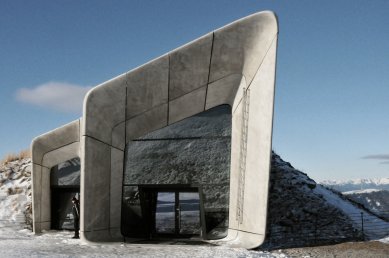
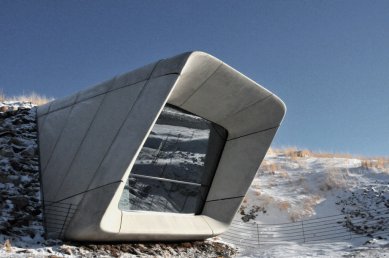
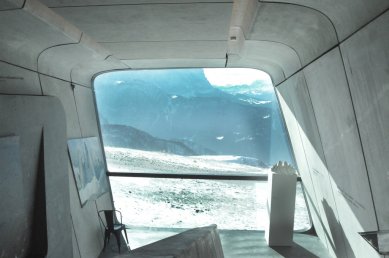
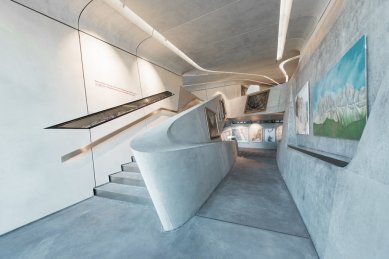
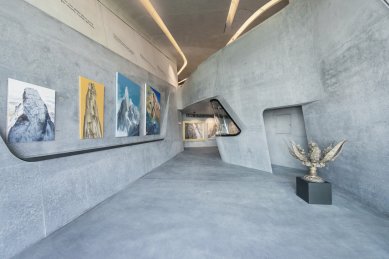
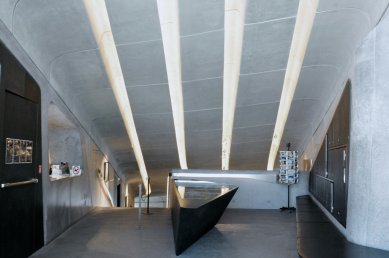
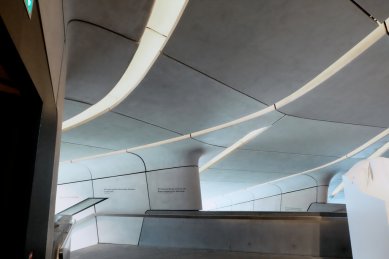
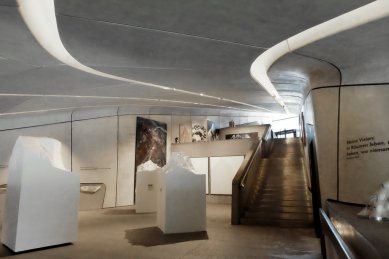
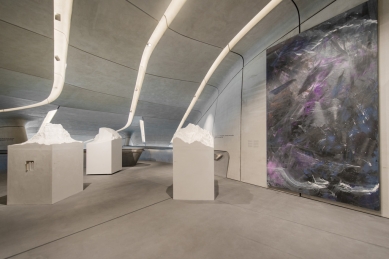
0 comments
add comment
Related articles
0
05.09.2022 | Enter the kingdom of light
0
20.05.2022 | Acoustics in schools do not have to come at the expense of aesthetics
0
18.04.2022 | Strap like a sky full of stars
0
20.06.2017 | Modern building The Word supports the creative spirit. Thanks to its good acoustics.
0
24.01.2017 | Good acoustics is half health
0
07.11.2016 | New ceilings with Scandinavian design
0
12.07.2016 | The beauty of monolithic ceilings





